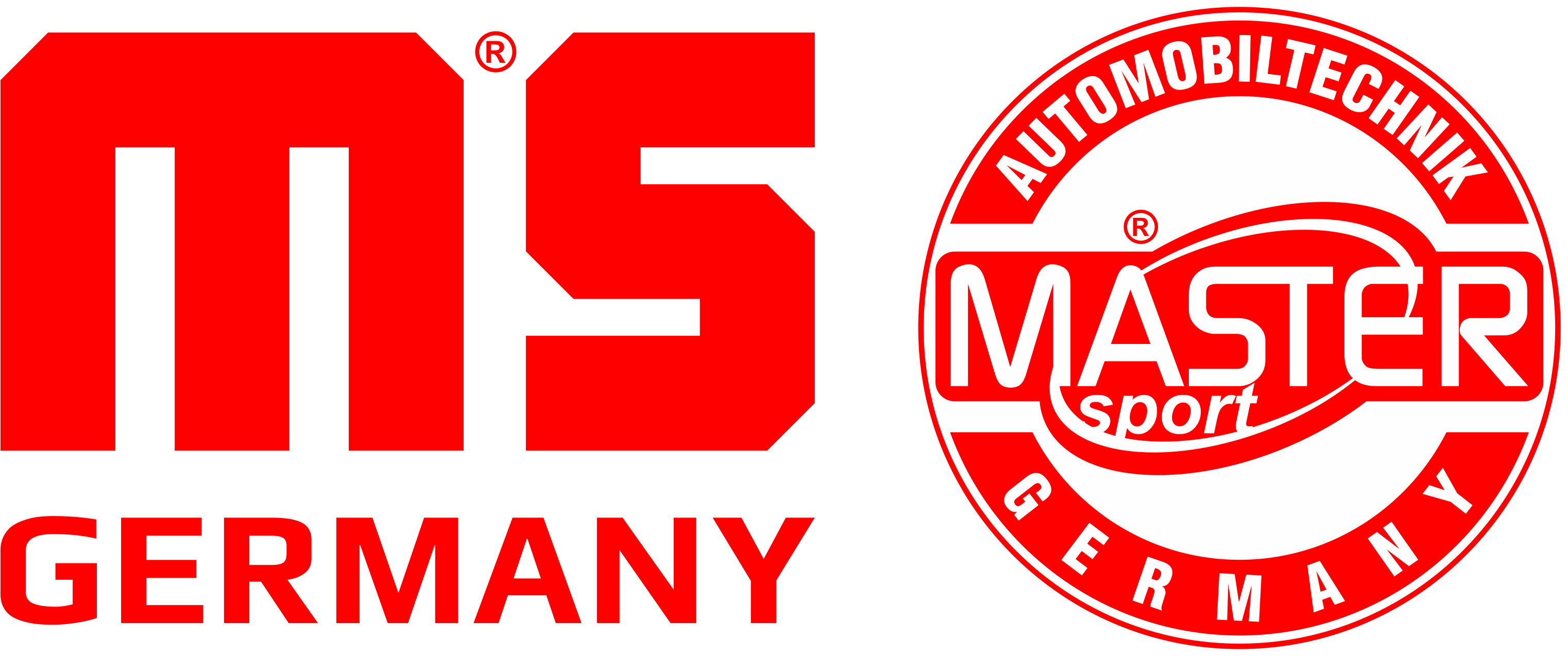Steering tie rods are a key component of a car’s steering system, responsible for precise vehicle control. Damage to steering tie rods can lead to serious handling problems and pose a safety risk on the road. In this article, we will discuss the most common causes of steering tie rod damage and provide tips on how to prevent these issues.
Table of Contents:
- Insufficient Lubrication
- Improper Wheel Alignment
- Extreme Driving Conditions
- Lack of Regular Maintenance
- How to Avoid Steering Tie Rod Damage
- Conclusion
Insufficient Lubrication
One of the main causes of steering tie rod damage is insufficient lubrication. Steering tie rods are subjected to significant pressure and movement during driving, which requires adequate lubrication to ensure smooth and efficient operation. Lack of proper lubrication can lead to excessive wear and tear, which in turn can cause play and eventually damage the tie rods.
Improper Wheel Alignment
Improper wheel alignment can be another cause of problems with steering tie rods. Incorrect wheel alignment leads to uneven wear on the tie rods, which over time can result in damage. Regularly checking and correcting wheel alignment is crucial to preventing this issue.
Extreme Driving Conditions
Extreme driving conditions, such as driving on rough roads, through potholes, or in difficult terrain, can significantly increase the risk of steering tie rod damage. In such conditions, the tie rods are more exposed to impacts and stress, which can lead to faster wear and damage.
Lack of Regular Maintenance
Lack of regular maintenance and technical inspections of the vehicle can contribute to steering tie rod damage. Regularly checking the condition of the tie rods and lubricating them allows for early detection of problems and prevention of more serious damage. Neglecting these tasks can lead to faster wear and the need for costly repairs.
How to Avoid Steering Tie Rod Damage
1. Regular Lubrication
Make sure that steering tie rods are regularly lubricated. Check the lubrication level during routine inspections and top it up if necessary.
2. Proper Wheel Alignment
Ensure proper wheel alignment to avoid uneven wear on the steering tie rods. Regular wheel alignment checks are crucial, especially after each tire change or suspension repair.
3. Avoid Extreme Driving Conditions
Try to avoid driving on very rough roads and difficult terrain whenever possible. Such conditions can lead to excessive wear on the steering tie rods.
4. Regular Technical Inspections
Regularly conduct technical inspections of your vehicle. A mechanic can detect early signs of steering tie rod wear and prevent more serious issues.
5. Timely Replacement of Worn Parts
Do not ignore the first signs of steering tie rod wear. If you notice play in the steering wheel, knocking sounds during turns, or uneven tire wear, consult a mechanic and replace the worn parts promptly.
Conclusion
Damage to steering tie rods can lead to serious handling problems and pose a safety risk on the road. It is crucial to understand the most common causes of this damage and take appropriate actions to prevent it. Regular lubrication, wheel alignment checks, avoiding extreme driving conditions, and regular technical inspections are fundamental steps to keep steering tie rods in good condition and ensure safe driving. Remember that prevention is always better than repair, and taking care of steering tie rods is an investment in safety and driving comfort.


